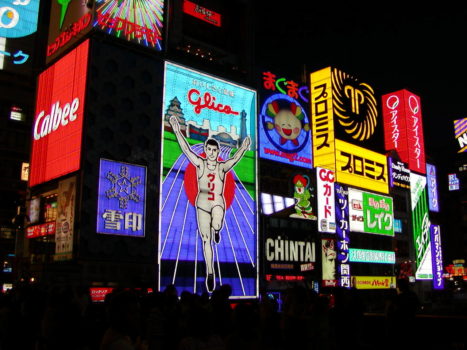From Paper & Paste to Data & Digital
by Sonja Kroll on 17th Nov 2015 in News

Even offline, ad tech is leaving its mark. Shaun Gregory, chief executive officer, Exterion Media, (pictured below) gives insight into how ad tech is transforming the OOH space.
How has digital impacted demand for 'paper and paste' OOH campaigns over the last decade?
OOH is one of the oldest forms of advertising and has gone through many incarnations, from posters using lithography to roadside billboards and digital screens. All of these platforms work hand-in-hand to support each other and contribute to the success and growth of the industry, which is increasing in prominence as a media channel. OOH advertising spend is forecast to increase by +3.4% in 2015 and +4.3% in 2016; and in Western Europe it has been revised upwards from +2.9% to +3.9% after a strong Q1 in 2015.
Digital screens now contribute 27% of total UK OOH revenue – second only to China. What is driving growth in these two markets?
With the realisation of its potential, digital is driving OOH growth worldwide, supported by data and greater connectivity. We launched our first DOOH screens back in 2005. Since then, advances in both digital displays and back-end technology have enabled brands to tell dynamic stories. Now, we’re seeing a wealth of innovative digital campaigns that showcase the advanced use of data and technology by advertisers and media owners in the UK.
 Which brands do you think do digital OOH well? What is exceptional about these campaigns?
Which brands do you think do digital OOH well? What is exceptional about these campaigns?
I think a great example of a brand doing digital very well is last year’s British Airways #lookup campaign. The campaign featured digital billboards around London that encouraged passers-by to look up and spot aircraft flying overhead, then a message on the board pointed out the flight's city of origin. The campaign involved mounting an antennae on the roof of a building near each board. The antennae picked up data from the transponders of British Airways aircrafts within 200 kilometres and fed that information into to an application that identified the flights. The application then sent the information to a server that displayed the messages about the plane's destination or place of origin. Campaigns of this level of innovation were unthinkable even five years ago.
What innovations can we expect in digital OOH over the next 12 to 18 months? How will data contribute to these innovations?
Mobile data is one of the OOH industry’s biggest game-changers. Brands are looking for the most effective ways to reach audiences, and as the OOH space becomes more digitised it compliments mobile, connecting consumers to brands wherever they are. Urban populations are increasing and the smartphone boom means citizens are mobile-enabled to engage with OOH. Look at the iPhone, it’s not yet 10 years old, but has become an indispensable piece of tech for consumers. Mobile devices are always with us, and are becoming the bridge between a range of physical assets and online with technologies like QR codes, NFC, and beacons. Increasing amounts of data, combined with new technology, means that OOH is innovating rapidly. We can now provide truly bespoke experiences for consumers through the use of unique content, interactivity and truly personalised experiences.








Follow ExchangeWire